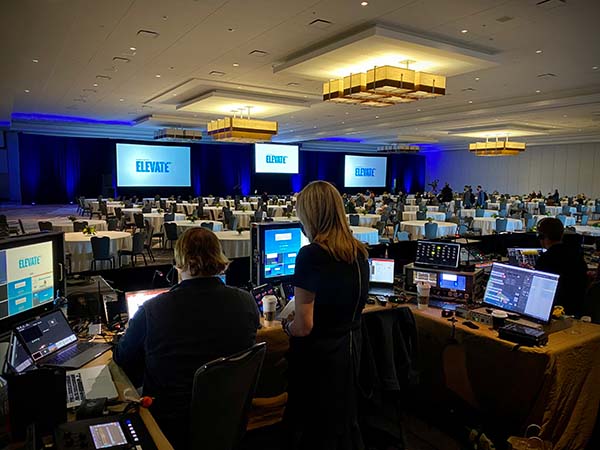Revolutionizing Engagement Via the Seamless Fusion of Digital Experiences and Face-to-Face Interactions in Blended Events
Revolutionizing Engagement Via the Seamless Fusion of Digital Experiences and Face-to-Face Interactions in Blended Events
Blog Article
Blended events are growing increasingly common as they combine the finest elements of both in-person and online experiences. This innovative method allows participants to interact with content and one another in ways that were not feasible before. By incorporating virtual technology into these events, planners can create immersive experiences that boost engagement and participation. This seamless blend of virtual and real-world elements can lead to more significant connections among attendees, whether they are there in person or participating remotely.
One of the key advantages of using virtual technology in blended events is the ability to create a common environment for all attendees. In a traditional format, in-person participants might have access to specific activities or opportunities that virtual participants cannot experience. However, with VR, everyone can navigate the same digital space, no matter of their position. This technology allows for engaging presentations, online connecting opportunities, and even game-like experiences that can captivate viewers. As a result, participants feel more involved and engaged, leading to a richer overall encounter.
Moreover, virtual reality can help overcome barriers that often occur in blended events. For example, virtual participants may feel disconnected or removed from the main event. By integrating virtual reality, organizers can create a feeling of presence that makes remote participants feel as if they are part of browse around this site the action. This can be achieved through elements like digital avatars, which allow attendees to connect with one another in live. Such interactions can encourage collaboration and connecting, making it simpler for individuals to connect and exchange thoughts, regardless of their geographical position.
In furthermore to improving involvement, the use of VR technology in blended gatherings can also provide important insights and information for planners. By monitoring participant engagements and behaviors within the virtual environment, event planners can gather information on what aspects of the event were most engaging. This data can be used to improve future gatherings, ensuring that they meet the needs and preferences of attendees. Grasping how attendees engage with both the digital and physical elements can lead to more efficient event strategies and better overall experiences.
Finally, the combination of virtual technology and in-person interactions in blended gatherings represents a major change in how we conduct meetings and conventions. As technology continues to evolve, the potential for creating engaging and interactive encounters will only increase. By adopting this innovative model, gathering planners can revolutionize the way individuals engage, educate, and work together. The future of hybrid events is bright, and the smooth combination of VR technology will play a crucial role in shaping that prospect.